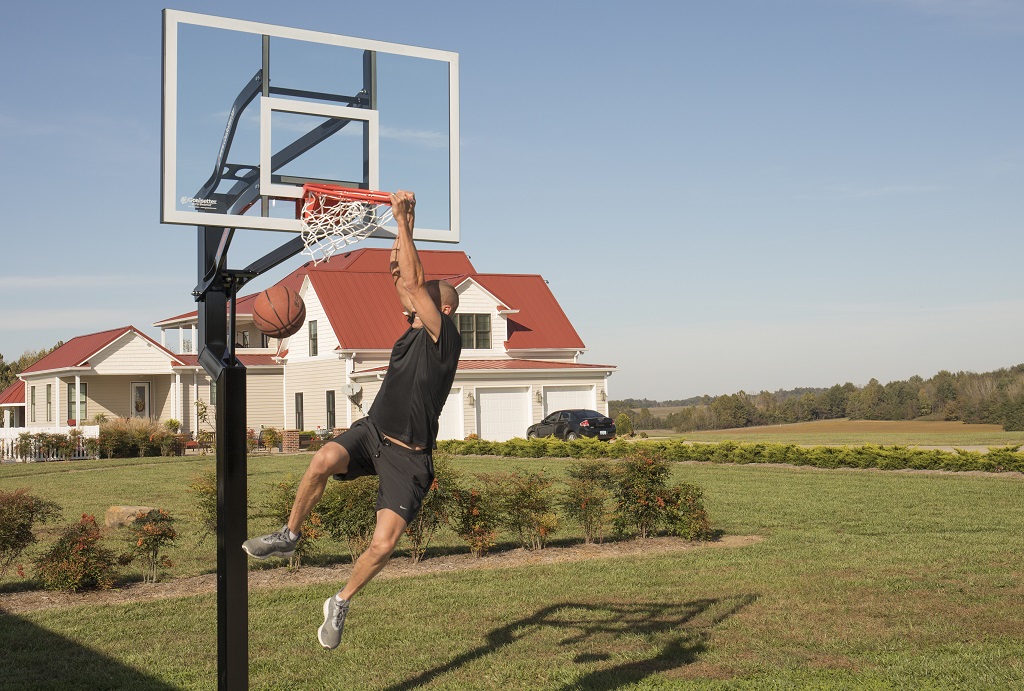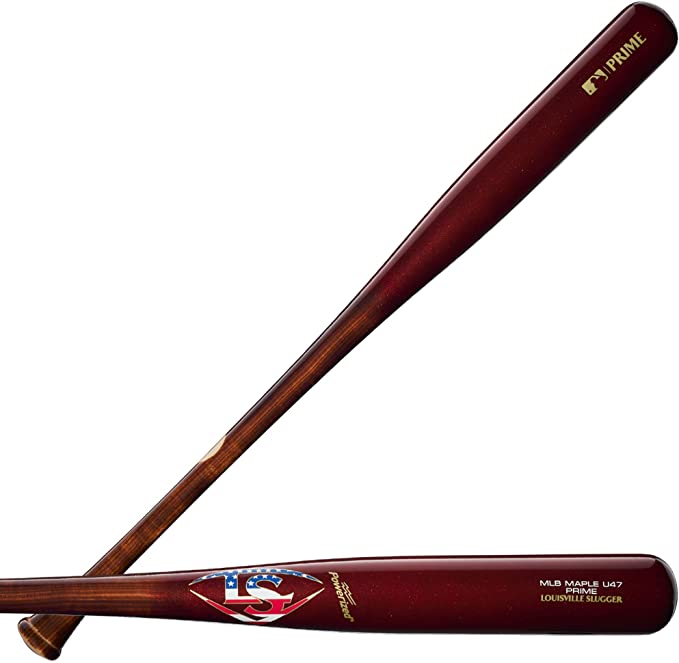Ice hockey is a physical and fast-paced sport. There are a lot of rules to learn, but one of the most confusing for new fans is offside. It is easy to spot on TV, but for those who are not familiar with the game, it can be difficult. Today we will discuss what offside is and how important it is to know for fans and players alike.
Offside is defined as a player being in the opponents’ zone and ahead of the puck. This rule exists to prevent players from camping out in the other team’s zone and scoring at will. If a player is offside, the referee will blow the whistle and stop the play.
This is just one of many rules that makes up ice hockey, and it’s essential for players to know and understand all of them. If you’re interested in learning more about offside in ice hockey, read on for an in-depth look at the rule and how it affects the game!
What is Offside in ice hockey?
In a nutshell, the puck must cross the defensive line first before any attacking players. If a player from the attacking team is in the offensive zone before the puck, then an offside will immediately happen.
IF an attacking player is offside and in the offensive zone before the puck enters the offensive zone, an offside violation will occur. This rule is put into place to make sure that teams cannot enter the offensive zone with more players than defenders, making it easier for them to score. It also prevents cherry-picking, which is when an attacking player hangs out near their own end waiting for a turnover, so they can take advantage of an outnumbered defense.
When did the Offside penalty begin?
Offside in hockey can be traced back to the game’s earliest days when it was played similar to rugby. In those days, forward passing was not allowed and the offside penalty was influenced by the offside penalty from soccer. Only a player in an “onside” position behind the puck may obtain a legal pass, forcing players to skate with the puck to advance it. In 1905, the Ontario Hockey Association permitted defensive players to play the puck within three feet of their goal if the puck rebounded off the goaltender, which was a significant change and will pave way for the way offside is enforced in hockey today.
NHL initially prohibited forward passing in the neutral and defensive zones in 1927, but reversed its decision after a low-scoring season in 1928-29. Players may pass the puck into any zones, allowing them to retrieve it from deep in the offensive zone and wait for their teammates to advance it. There was lesser activity since players will just wait for the puck in the offensive zone and take shots on goal. As a result, NHL introduced the modern offside rule on December 16, 1929.
3 Types of Offsides in ice hockey
There are three types of offside in ice hockey, each with its specific circumstances.
- Offsides Deflections – Deflections, despite their infrequency, can still be regarded offsides by the referee. An example of this would be if the defending team tries to clear the puck, and it contacts an official in the neutral zone before returning into the defensive zone. It will not be considered offsides if a puck leaves the area and is deflected by a defenseman and brought back into their zone.
- Delayed Offsides – A delayed offside occurs when a player on the attacking team is in the offensive zone before the puck has been touched. The attacking team may tag up, skate across the blue line, then return to the neutral zone and re-enter the offensive zone before retrieving the puck. The delayed offsides call is removed once all offensive players have left the attacking zone. If a player from the attacking side touches the puck while it is in the offensive zone during their tag up, it will be called offside. The is the most common type of offside, as it happens when a player from the attacking team crosses into their offensive zone before having control of the puck. Any time an offside is made by being in the offensive zone before the puck, and this results in play stopping and restarting with a faceoff.
- Intentional Offsides – This is when a team sets up an offside play on purpose. They do this by having one or more players waiting in the offensive zone while another player crosses the blue line with the puck. As soon as that player enters the zone, they pass it to their teammate, who then has a clear path to the goal. This is an effective tactic for certain teams to get a line change when their current players are exhausted but unable to leave the ice. This type of offside can only be called if the referee deems that it was done on purpose and not just because of a mistake made by either team. There are many ways to set up an intentional offside, but one of the most common is for two forwards to cross at the same time and have a defenceman waiting in front of the net.
Exceptions to the Offside Rule
Under NHL and IIHF rules, there are instances (two in NHL and one in IIHF) where offside can be waved off, even if the player has entered the offensive zone before the puck.
- If a defending player has possession and control of the puck out of their own zone, then passes it to a teammate, but the puck is intercepted by an attacking player.
- A defending player clears the puck out of their own zone, but it rebounds into their own after colliding with another defender in neutral ice (Applicable only in NHL, however it is important to note that in IIHF, this results in delayed offside being called).
What happens when Offsides is called?
If an attacking player is offside, the play will be whistled dead and a faceoff takes place in the neutral zone nearest to where the infraction took place. Faceoff is either at the center ice or in the defensive zone depending on where the play was stopped. When the referee drops the puck between the sticks of two opposing players, it’s known as a faceoff. After that, the opposing players engage in a battle for possession of the biscuit.
How to avoid getting called for Offsides?
Now that you know all about offsides in ice hockey, here are a few tips on how to avoid getting called for it:
- Be aware of the puck – Make sure you’re always watching where the puck is and don’t get caught up in the play. This will help you stay onside and not commit an infraction.
- Know where your teammates are – It’s important to be aware of your teammates’ positions, so you don’t accidentally create an offside situation.
- Pay attention to the referees – Be sure to listen for any whistles that signify an offside has occurred. If you hear one, stop playing immediately and wait for a face-off.
Final Words
If you want to avoid getting called for offsides, make sure that your team is aware of the different types and what happens when it’s called. A good rule of thumb would be to keep one foot on or behind the blue line at all times unless they are carrying the puck across center ice, and then both feet must remain on their side of the red line. It may seem simple now, but being able to distinguish between a penalty call from an advantage can have a huge impact in games!
It has been a pleasure to share with you some finer points of offsides in ice hockey. I hope that this guide will help you avoid getting called for an offside violation and keep your team on the attack!






